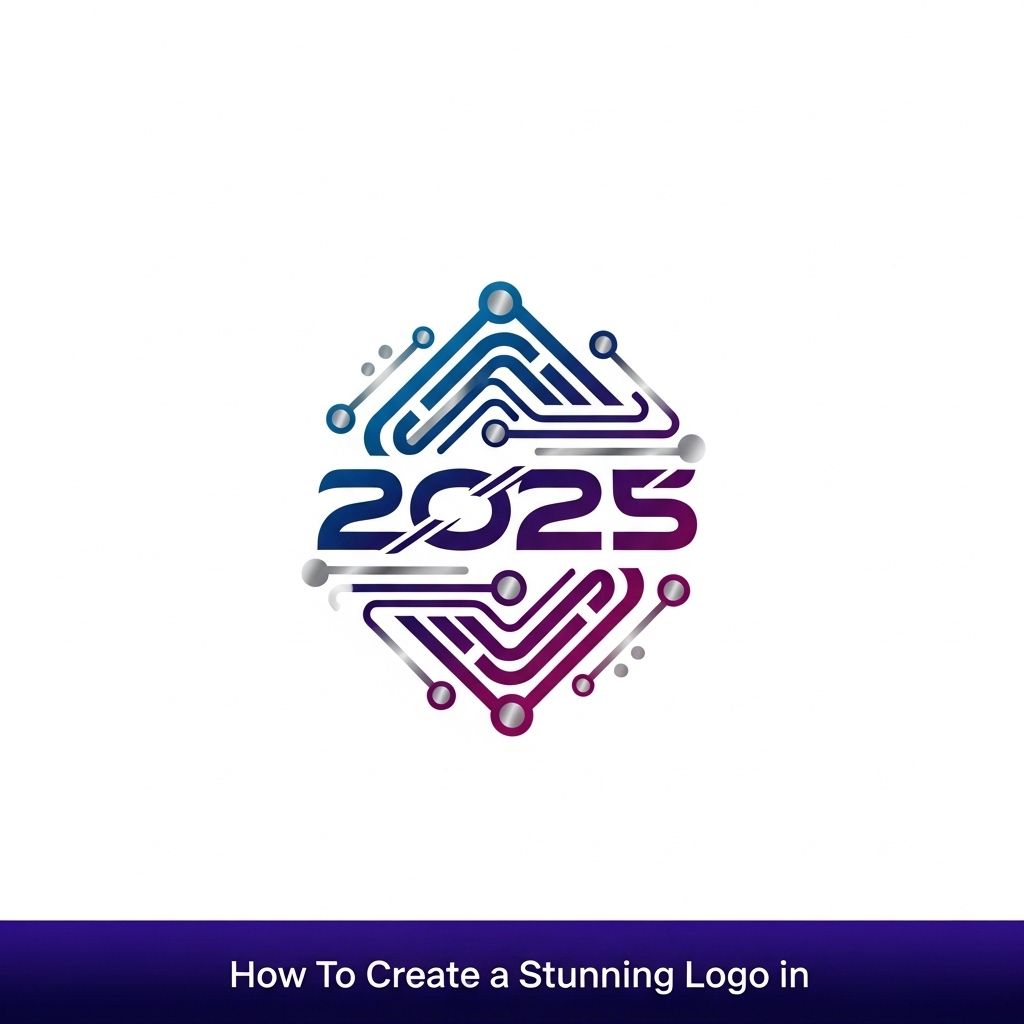In a world dominated by visual content, poster design has emerged as a powerful medium for communication. Whether for advertising an event, promoting a brand, or conveying a message, posters hold the unique ability to grab attention and evoke emotions. This article delves into ten innovative poster design ideas that can elevate your project from mundane to memorable.
Understanding the Basics of Poster Design
Before diving into specific design ideas, it’s crucial to understand some foundational principles of poster design:
- Hierarchy: Establishing a clear visual hierarchy ensures that the most important information stands out.
- Balance: Achieving a balance between graphics and text can enhance readability and visual appeal.
- Color Theory: Utilizing complementary color schemes can draw attention and convey feelings.
- Typography: Choosing the right fonts can significantly impact the effectiveness of your poster.
1. Minimalist Approach
Less is often more in design. A minimalist poster limits clutter and focuses on essential elements. Consider the following:
- Use a monochromatic color palette to convey elegance.
- Select a strong focal point, such as a powerful image or bold text.
- Incorporate negative space to create breathing room.
Example:
A poster for a music festival featuring only the date and location, accompanied by an abstract graphic, can be striking and effective.
2. Typography as Art
Incorporating typography as a focal point can transform the poster into an artwork. Here’s how:
- Experiment with different font sizes to create contrast.
- Use typographic hierarchy to guide the viewer through the information.
- Integrate hand-lettering or custom typography for uniqueness.
Example:
A motivational poster featuring quotes rendered in varied font styles can inspire and captivate its audience.
3. Illustrated Posters
Hand-drawn illustrations can give a personal touch to your poster. Consider these tips:
- Create custom illustrations that align with the theme of your event or brand.
- Combine illustrations with bold colors to create visual interest.
- Use digital tools to enhance your hand-drawn designs for a professional finish.
Example:
A poster for a local art show featuring whimsical illustrations of featured artists can create a vibrant connection with viewers.
4. Layering Techniques
Layering different elements can add depth to your poster design. Utilize the following techniques:
- Overlay text on images for a dramatic effect.
- Use transparent elements to create a sense of depth.
- Experiment with shadows and outlines to enhance visual interest.
Example:
A film festival poster that layers a prominent image of the main character with the film title can create intrigue and engagement.
5. Bold Color Combinations
Vibrant color palettes can evoke emotions and grab attention. Here’s how to effectively use color:
- Utilize a limited color scheme to prevent overwhelming the viewer.
- Experiment with gradients to create a modern look.
- Consider color psychology to convey the appropriate message.
Example:
A health and wellness poster using bright greens and blues can inspire feelings of vitality and freshness.
6. Geometric Shapes
Geometric designs can create a modern, sophisticated look. Implement these ideas:
- Incorporate triangles, circles, and squares in your layout.
- Use symmetry and asymmetry to draw the eye.
- Combine images and text within geometric shapes for cohesion.
Example:
A technology conference poster featuring geometric shapes can represent innovation and forward-thinking.
7. Photographic Integration
Using high-quality photographs can create an instant connection with the audience. Follow these guidelines:
- Choose striking, relevant images that encapsulate the poster’s message.
- Edit photos to maintain a consistent color palette.
- Integrate text creatively around the image to enhance storytelling.
Example:
A travel poster showcasing breathtaking landscapes can transport viewers and ignite wanderlust.
8. Motion Graphics
With the rise of digital displays, incorporating motion into posters can be revolutionary. Here’s how to embrace technology:
- Create animated posters for social media and online platforms.
- Use QR codes that link to video content or interactive elements.
- Design with layers that appear to move or change on digital screens.
Example:
A charity event poster that integrates a short animation can attract attention and encourage engagement.
9. Retro and Vintage Styles
Embracing nostalgia can connect emotionally with your audience. Consider these points:
- Utilize retro fonts and color schemes.
- Incorporate textures that evoke a vintage feel.
- Design elements that resonate with the past can create a sense of familiarity.
Example:
A food festival poster with a 60s aesthetic can evoke feelings of warmth and nostalgia.
10. Interactive Posters
Engage your audience with interactive elements that encourage participation. Here’s how:
- Include elements that viewers can touch or manipulate.
- Utilize augmented reality for an immersive experience.
- Incorporate gamification elements to make it fun.
Example:
A fitness class poster that includes a tear-off section for discounts or a QR code for class sign-ups can drive interaction.
Conclusion
Poster design is an art that combines creativity with strategic thinking. By exploring these ten powerful design ideas, you can create posters that not only capture attention but also convey your message effectively. Whether you choose a minimalist approach or incorporate interactive elements, remember that the key to a successful poster lies in understanding your audience and making a memorable impact. Start experimenting with these ideas, and watch your designs come to life!
FAQ
What are some effective poster design ideas?
Some effective poster design ideas include using bold typography, minimalistic layouts, vibrant color schemes, incorporating imagery or illustrations, utilizing negative space creatively, and focusing on a strong, central message.
How can I choose the right color scheme for my poster?
Choose a color scheme that aligns with your message and target audience. Consider using complementary colors for contrast or analogous colors for a harmonious look. Tools like color wheels and online generators can help you find the perfect palette.
What role does typography play in poster design?
Typography is crucial in poster design as it communicates your message effectively. Choose fonts that reflect the tone of your content, ensure readability from a distance, and create a hierarchy to guide viewers’ attention.
How important is imagery in poster design?
Imagery is essential in poster design as it captures attention and conveys emotions. High-quality images or illustrations that support your message can make your poster more engaging and memorable.
What are some tips for creating a minimalist poster?
To create a minimalist poster, focus on one main idea, use plenty of white space, limit your color palette, and select simple, bold fonts. Remove any unnecessary elements to keep the design clean and impactful.
How can I make my poster stand out?
To make your poster stand out, use eye-catching visuals, unique layouts, and compelling headlines. Experiment with textures and finishes like matte or glossy, and consider incorporating interactive elements if applicable.




